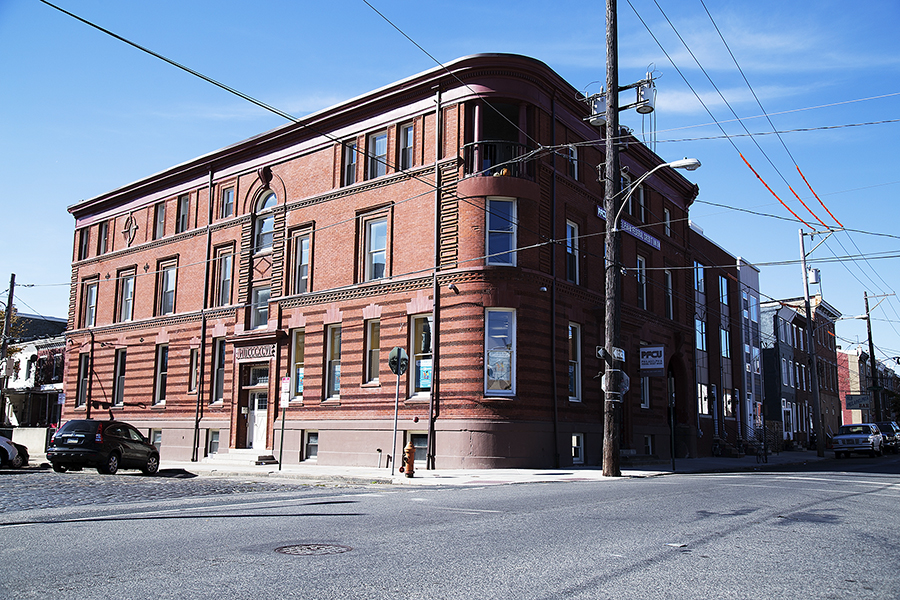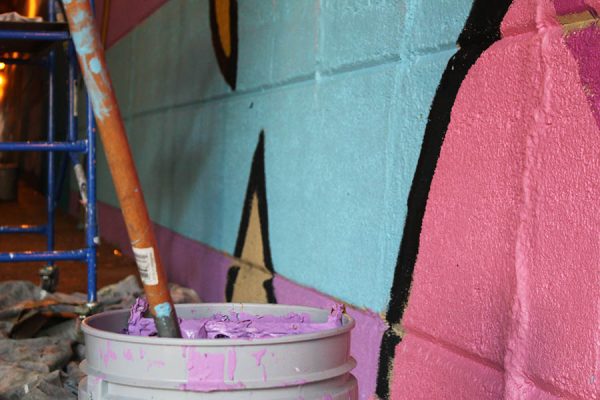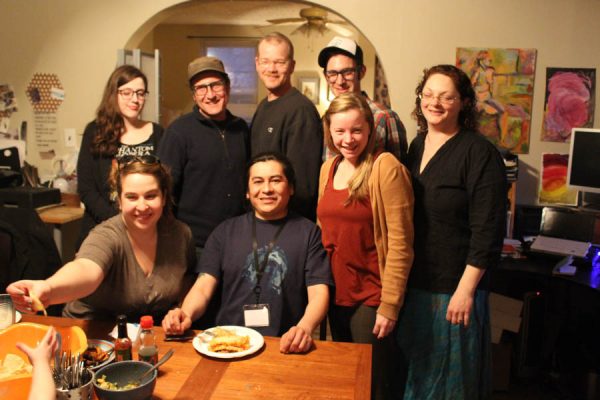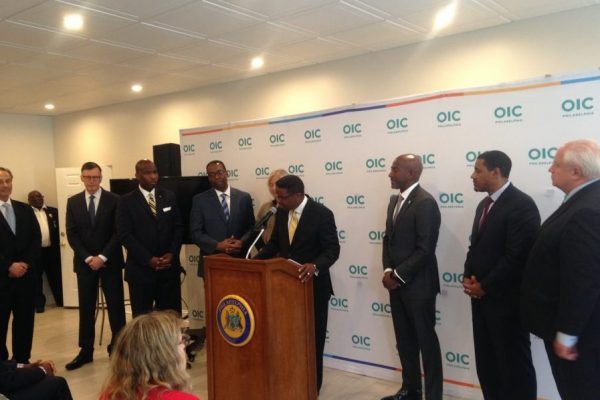“WTF is That?” 26th District Police Station
For this month’s edition of “WTF is That?,” we’re looking at a building that has happily found new owners and a new use in this decade, unlike some of the other buildings we’ve profiled recently: the old 26th District Police Station. Located at 2136-2142 East Dauphin Street, this building is easily visible from nearby Frankford Avenue.
According to the essay written by architectural historian Alice Kent Schooler for the effort to nominate the building as a national historic site, the 26th District building was built in 1896. Just like every other building we’ve covered, its construction and subsequent history trace broader themes in our city’s history. In the middle and late nineteenth century, the city’s police force was going through a round of modernization. City authorities experimented with new crime-fighting tactics, including mounted units, patrol wagons and reorganized police administration.
Much of this change was spurred by new developments in the city as a whole. Philadelphia was industrializing before the late nineteenth century, but the process was far from complete. In fact, one reason for creating mounted patrols was that, into the 1850s, some suspects apparently still escaped police on horseback. As industrial development intensified, city leaders reorganized the police to better deal with evolving conditions and the 26th District was created as part of this reorganization. The new district’s headquarters were built to accommodate police wagons and horses. The large arch on the far right of the building used to lead into a large courtyard for unloading prisoners and this courtyard is still visible from inside the building today.
The building was an early work of John T. Windrim, who later went on to design the Franklin Institute and the old Family Court Building, among other Philadelphia landmarks. According to Kent, the building marks an effort by Windrim to create a building which served as a symbol of authority, but in a similar scale to the surrounding houses,
“to provide a public image which could relate to the value systems of both the politicians and the working class.”
The building was sold to private owners in 1969 and was used as a commercial food preparation space from 1975 until 1980. It was then nominated for the National Register of Historic Places, run by the federal government, in 1984. The property subsequently changed hands a number of times before being purchased by its current owner in 2011. The Philadelphia Federal Credit Union opened a new branch in the building’s first floor in 2013 and the upper floors are used as apartments. Today, PFCU customers walk through the same archway that police wagons once rolled through.
Are there any buildings in the neighborhood that leave you wondering “WTF is that?” If so, send the address to austin@spiritnews.org and we’ll do the research for you.







